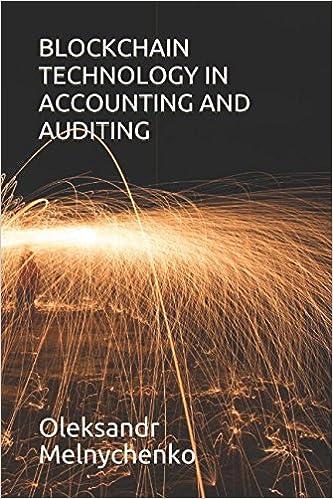
Jena has been so excited about what she has learned in her personal finance management class that she has been telling everyone, "You should take this class." Now her dormitory hall monitor has asked her to prepare a talk on "credit and the young professional." She has decided to use a question-and-answer format. Help her answer the following questions. Questions 1. Why is it easy for college students to get and use credit cards? Aside from the obvious impact of "forgoing future consumption" to repay the debt, how can students' credit practices affect their financial future? 2. What are three debt and credit trends that suggest few people are practicing frugality? 3. What does it mean to determine your own borrowing capacity and stick to it? Why is this strategy necessary when "choosing wealth"? 4. What is the relationship between borrowing capacity and an emergency account? What is the advantage or disadvantage of using less liquid accounts for emergency savings and, in the event of an emergency, immediately relying on credit? 5. What financial ratios are useful in monitoring your borrowing capacity? How are these ratios calculated and interpreted? 6. Review the 12 "keys to success." Which strategies could you utilize to avoid bad debt? 7. Jena decided to use the time value of money tools from Chapter 3 to calculate the size of the monthly payments that a typical undergraduate would need to pay the average credit card debt of $2,916 over 1 year (12 monthly payments), assuming an annual interest rate of 17.3 percent. If, instead of having to make that credit card payment, a new college graduate invested that same amount monthly in a mutual fund earning 9 percent on average, how much would he or she have for retirement in 45 years? Click on the table icon to view the FVIFA table 2. Click on the table icon to view the FVIF table ?. Click on the table icon to view the PVIFA table : Jena has been so excited about what she has learned in her personal finance management class that she has been telling everyone, "You should take this class." Now her dormitory hall monitor has asked her to prepare a talk on "credit and the young professional." She has decided to use a question-and-answer format. Help her answer the following questions. Questions 1. Why is it easy for college students to get and use credit cards? Aside from the obvious impact of "forgoing future consumption" to repay the debt, how can students' credit practices affect their financial future? 2. What are three debt and credit trends that suggest few people are practicing frugality? 3. What does it mean to determine your own borrowing capacity and stick to it? Why is this strategy necessary when "choosing wealth"? 4. What is the relationship between borrowing capacity and an emergency account? What is the advantage or disadvantage of using less liquid accounts for emergency savings and, in the event of an emergency, immediately relying on credit? 5. What financial ratios are useful in monitoring your borrowing capacity? How are these ratios calculated and interpreted? 6. Review the 12 "keys to success." Which strategies could you utilize to avoid bad debt? 7. Jena decided to use the time value of money tools from Chapter 3 to calculate the size of the monthly payments that a typical undergraduate would need to pay the average credit card debt of $2,916 over 1 year (12 monthly payments), assuming an annual interest rate of 17.3 percent. If, instead of having to make that credit card payment, a new college graduate invested that same amount monthly in a mutual fund earning 9 percent on average, how much would he or she have for retirement in 45 years? Click on the table icon to view the FVIFA table 2. Click on the table icon to view the FVIF table ?. Click on the table icon to view the PVIFA table







